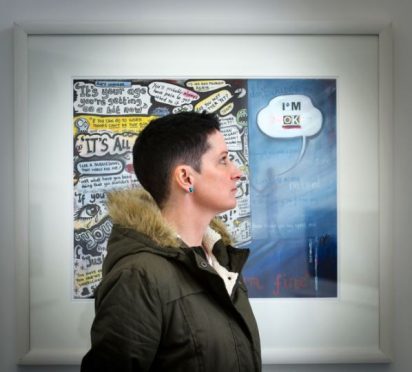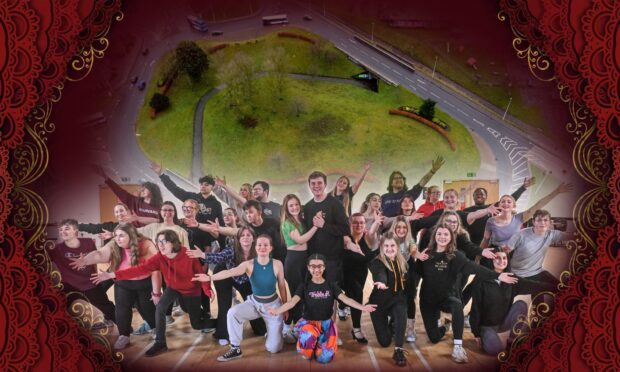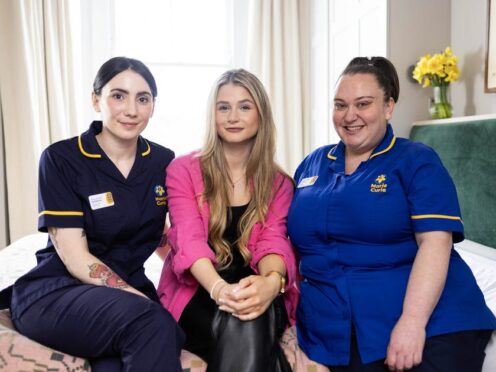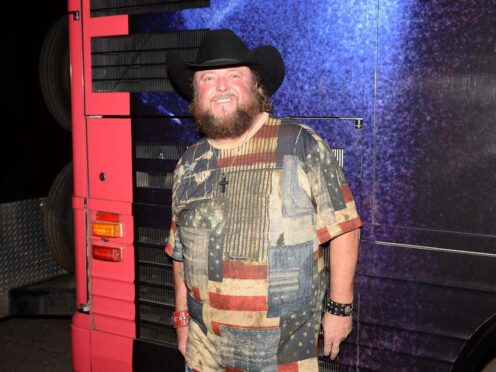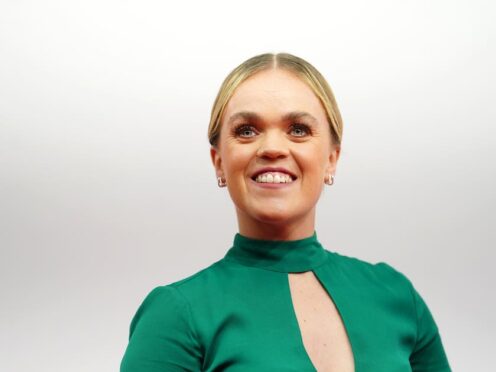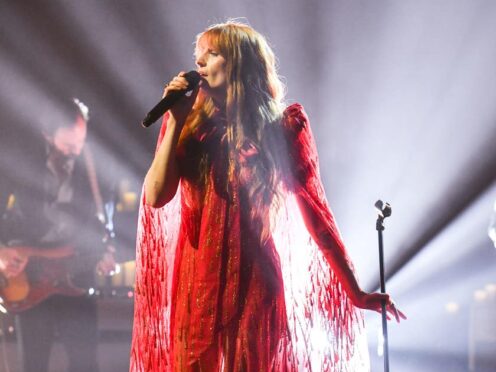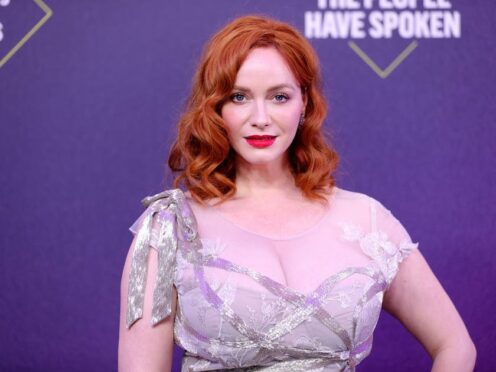Jane McDonough used painting as an escape from pain.
Jane McDonough, 42, has spent the last eight years dealing with chronic pain. A councellor suggested painting as a form of therapy and Jane has put together her first solo exhibition to raise awareness of people living with invisible health conditions.
HAD YOU EVER PAINTED BEFORE THIS EXHIBITION?
I have always painted and produced illustrations.I usually paint landscapes and take inspiration from my surroundings with the wide open landscapes and huge ever-changing skies.
WHAT DO YOUR PAINTINGS DEPICT?
Basically, the paintings tell my story of how I was feeling throughout an unexpectedly long rehabilitation following surgery on my pelvis. I used art to express exactly how I was feeling at the time and also to say out loud on canvas what I thought and felt about certain things.
I used the creative process to work through things that happened during my rehabilitation and to offload negative emotions. I had my operation in May 2015. I saw occupational health about starting back at work in October 2015. She suggested I spoke to a counsellor as I needed to change my mindset. I was trying to rush the healing process and was pushing my body too hard.
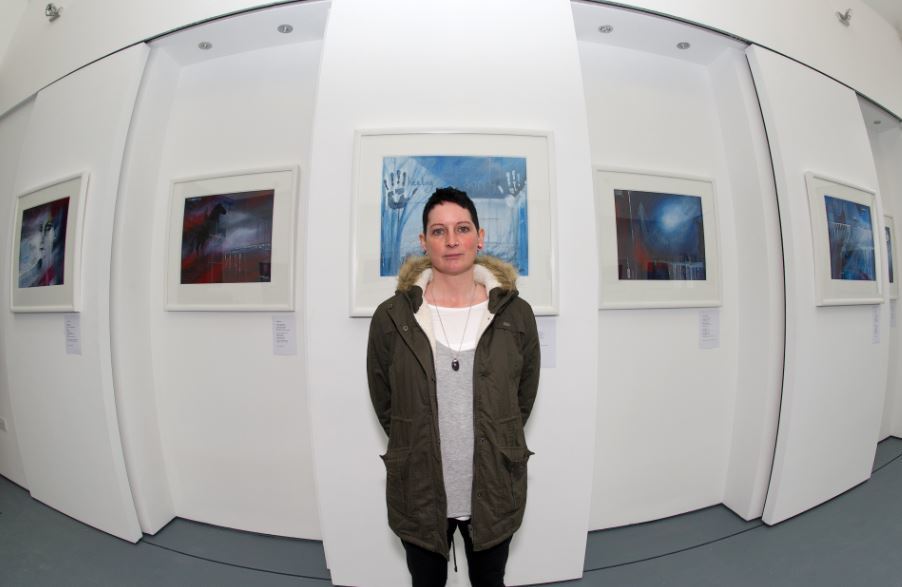 IS PAINTING AN OUTLET FOR YOU EMOTIONALLY?
IS PAINTING AN OUTLET FOR YOU EMOTIONALLY?
I wasn’t prepared emotionally or mentally for the long journey of healing. I didn’t realise how isolating it would be and just how much I would have to rely on people. I pushed myself too hard to heal quickly. This just led to intense pain flare ups, fatigue and negativity.
I was fed up with my situation, my body and my life.I started talking to a counsellor in October 2015. She suggested different things to keep me calm and pass the time while rehabilitating. As I used to paint, she suggested I paint how I feel.I had never done this before. I really struggled to put my feelings and emotions into words. I realised that I never outwardly show my true emotions. It was very challenging to go into the deep corners of my mind and to address what was going on in there. Self exploration took courage, solitude and time. I had time on my hands.
 WHAT THINGS DO YOU PAINT?
WHAT THINGS DO YOU PAINT?
The first painting I did was a self-portrait. I tried to pour everything I was feeling into the painting. I used words and sentences in the work. I called it “I want to heal”.When you live daily with chronic pain, you become very good at saying “I’m fine” as it’s easier than saying how you really feel.
The process of painting exactly how I was feeling was very freeing. It was empowering. The years of pain and emotion poured out on to canvas. My art became my voice which helped me connect with hidden emotions to express what I would never say out loud. Being totally truthful in expressing my thoughts left me feeling very vulnerable, exposed and raw. Yet it was also a very empowering and healing process.
WHAT DID YOU FIND DIFFICULT TO EXPRESS?
I found it hard to come to terms with the fact that I am not the person I was eight years ago.I had to stop many of the physical activities that I used to enjoy. I grieved for the person I once was.
I could not accept that this was my life from now on. I worried about my future.People only saw one side of me – happy, smiley, healthy. Nobody saw what I was like behind closed doors.
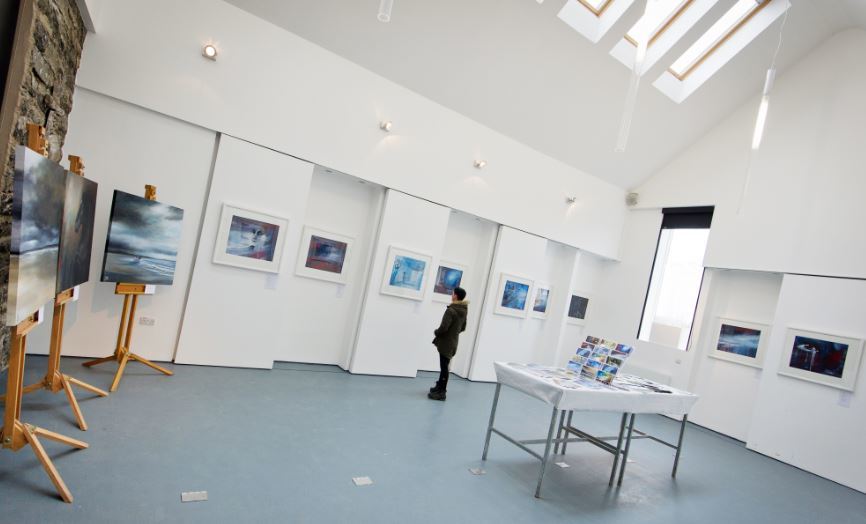 WHY ARE YOU WANTING TO RAISE AWARENESS?
WHY ARE YOU WANTING TO RAISE AWARENESS?
I decided to share my emotion paintings as I have become much more aware that there are a lot of people living with chronic pain, invisible health conditions, mental health issues, disability, long-term illness and emotional pain.Even though we are all on our own journey, sometimes sharing what we are going through might connect with someone and make a difference.
WOULD YOU RECOMMEND PAINTING AS THERAPY FOR PEOPLE WITH HEALTH CONDITIONS?
Yes. It helped me so much and I am sure it would help others. It is relaxing, calming and very mindful.
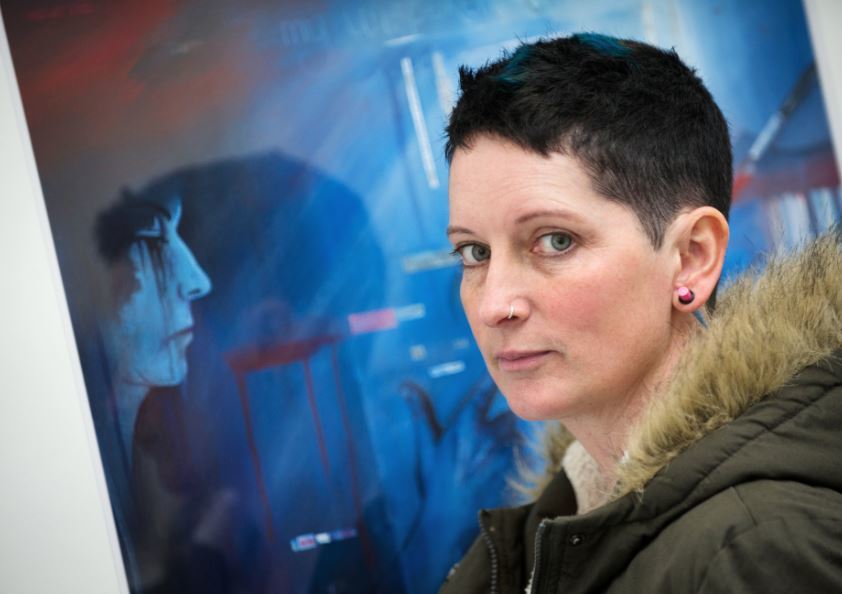 WHAT DO YOU WANT PEOPLE TO EXPERIENCE WHEN THEY LOOK AT YOUR PAINTINGS?
WHAT DO YOU WANT PEOPLE TO EXPERIENCE WHEN THEY LOOK AT YOUR PAINTINGS?
I hope that people find the works thought-provoking and give an insight into what it is actually like to have an invisible condition. I am also promoting local support groups and charities. Support and understanding is all I want and the only people who truly understand what it’s like are people living with similar conditions.
I have met some life-long friends through having chronic pain and have support from others. I hope that by sharing my story, people might connect to one aspect and maybe it might help them in some way by getting help and making connections.
The exhibition runs until May 12 at the Alastair Pilkington Studio in Lybster, Caithness. See www.northlandsglass.com/whats-on/unspoken-truths
